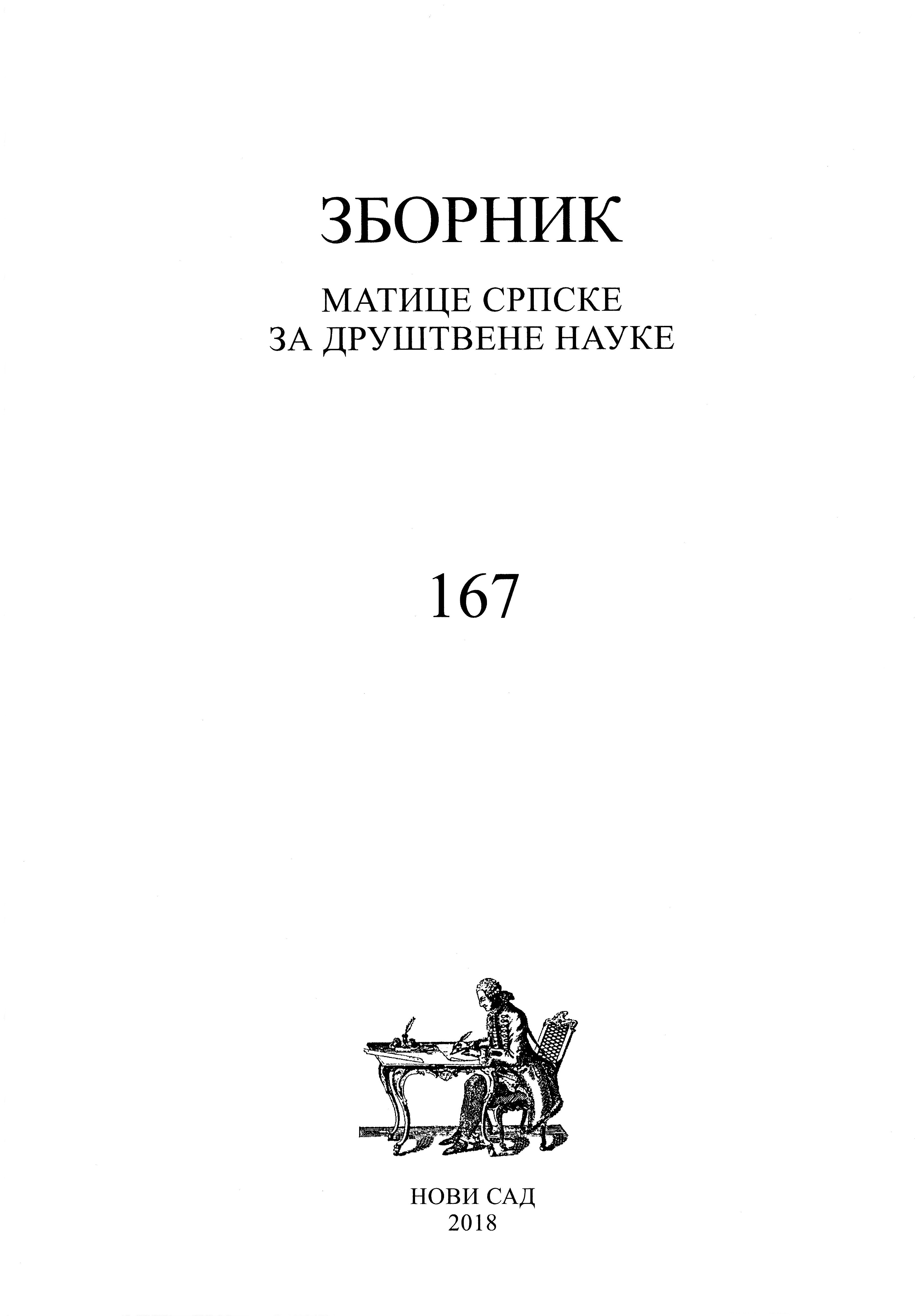Улога и задаци предшколских установа у популационој политици Аутономне Покрајине Војводине – десет година после
The Role and Tasks of Preschool Institutions in Population Policy of the Autonomous Province of Vojvodina – Ten Years Later
Author(s): Ana GavrilovićSubject(s): Demography and human biology, Sociology of Education
Published by: Матица српска
Keywords: preschool institutions; population policy; needs of children and families with children
Summary/Abstract: Researches in population policy evolution carried out in our country showed that there were oscillations in its development, it was not consistent and based on recognized scientific principles, and most of all its measures were not of long term duration. At the end of the twentieth century the population policy gained in importance by the establishment of certain organs of the highest level of authority as well as by introducing measures which took into consideration the needs of parents for the encouragement of giving birth and even more the support in raising children. In that context, public insti tutions for children were recognized as important carriers of population policy which aims were: the lower economic parental costs, the better functioning of the institutional system, the better use of all resources in its domain, and changes for the better in all aspects of life. The preschool institutions played the significant role in this. Ten years ago in Vojvodina a research about the preschool institutions in Vojvodina was conducted taking into consideration elements relevant to the population policy – the number of these institutions, their capacities and network, human resources, forms of activity, working hours, the inclusion of children, waiting period for enrolment in nurseries and kindergartens, plans for the increase in number of children and the capacities of child care centres, and the way of identifying the needs for different forms of activity and services. The aim of this paper is to present the results of the follow-up study of the identical research conducted ten years after the first one. The results show that changes are slow and that great oppor tunities of preschool institutions in population policy are not considered to an adequate degree by competent authorities.
Journal: Зборник Матице српске за друштвене науке
- Issue Year: 2018
- Issue No: 167
- Page Range: 381-393
- Page Count: 13
- Language: Serbian

